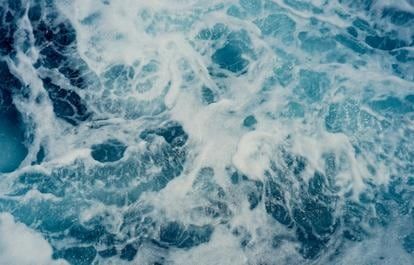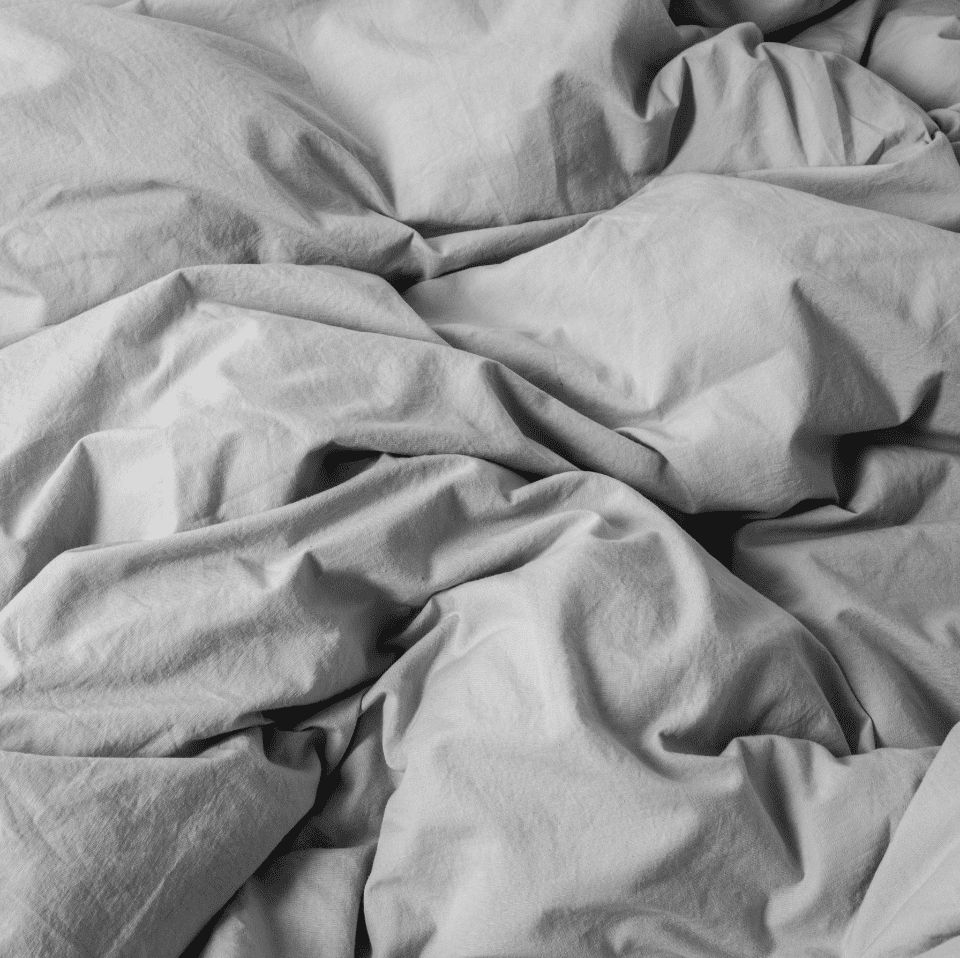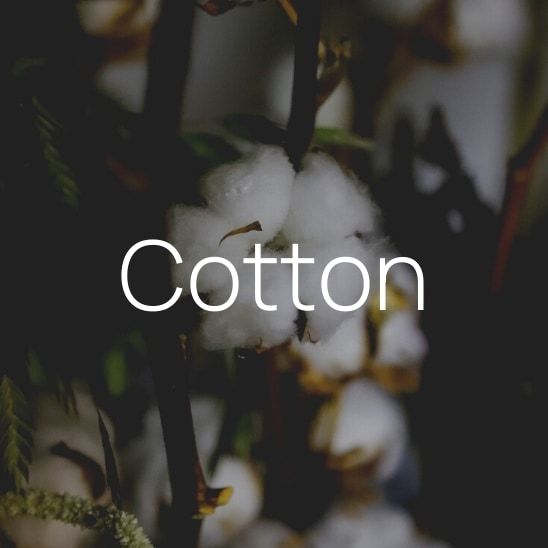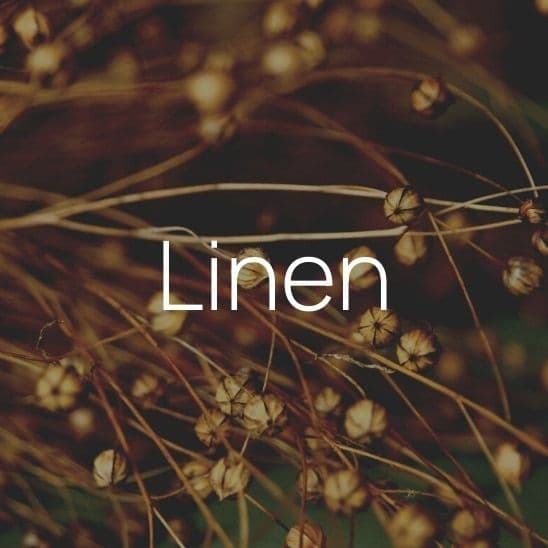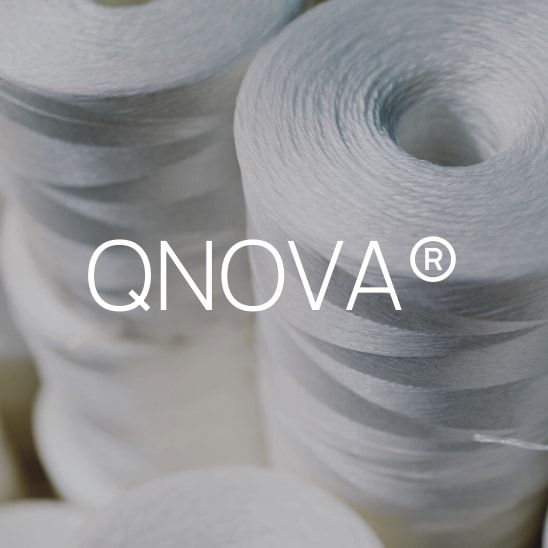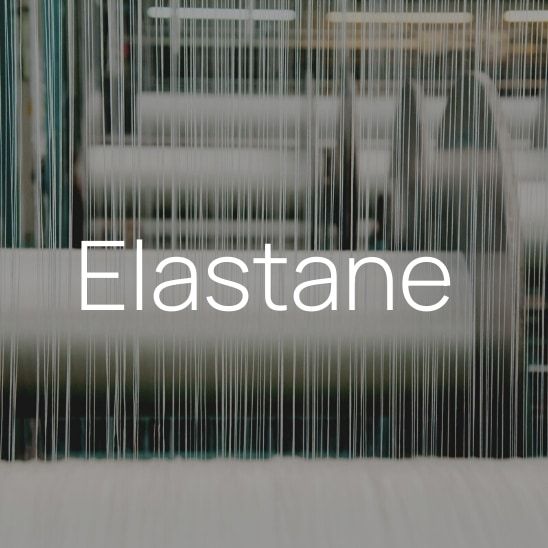Temperature
Lowering the washing temperature is expressly permitted! Save half the energy if you wash at 30 °C instead of 60 °C. Before washing, you should of course read the care label. However, the maximum washing temperature is always shown on the label. So you can choose a lower temperature with a clear conscience, because thanks to modern washing machines and detergents, lower temperatures are often enough to achieve a good washing result. Your clothes will also thank you if they are not exposed to too much heat and will keep their colour and shine for longer.
Many machines also have an eco-wash programme that takes longer to run but saves water and energy by using less energy to heat the water and also using less water to wash the load. Ergo: To get your laundry clean, it takes more time but less energy to achieve the same washing result (with colder and less water) than with a normal programme.
Detergents
A basic distinction can be made between heavy-duty detergents, colour detergents and mild detergents. Generally, it is better to use solid rather than liquid detergents - powder detergents are generally more environmentally friendly than their liquid counterparts. Powders have a better washing performance and are less polluting for sewage treatment plants. There are already various ecological alternatives on the market which, unlike conventional detergents, do not use petroleum-based surfactants, fragrances or preservatives.
Heavy-duty detergents contain bleaching agents and are often used for white garments, as they make the laundry shine again. A heavy-duty detergent is also suitable for particularly heavily soiled laundry, as well as bed linen and towels that can be washed at 60° C.
Colour detergents are particularly suitable for coloured (and also black) textiles. They do not contain optical brighteners and protect the colour quality of the garments.
For our erlich textil products made of lace and modal, a mild detergent is the right choice. It does not contain bleach or brighteners and cleans sensitive materials gently. In combination with a gentle programme at low temperatures (20 to 40 °C) nothing can go wrong.





